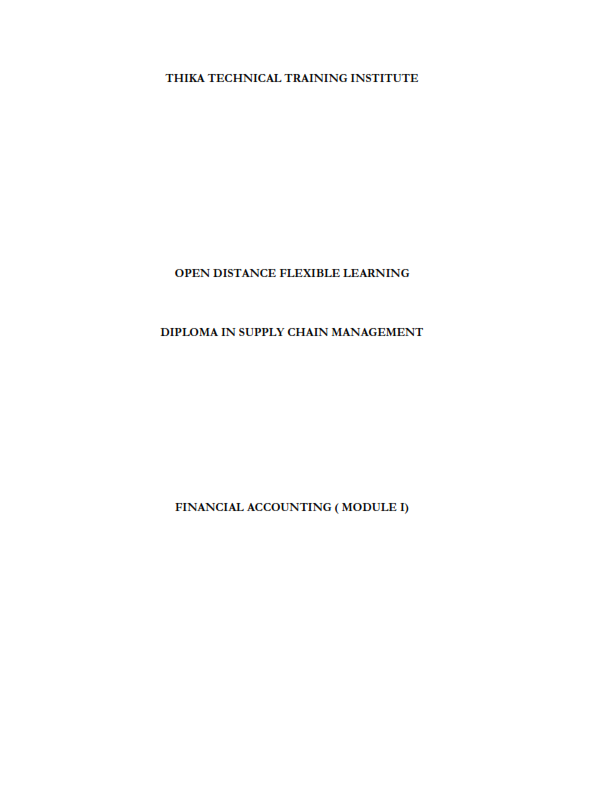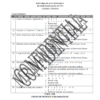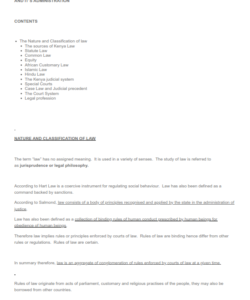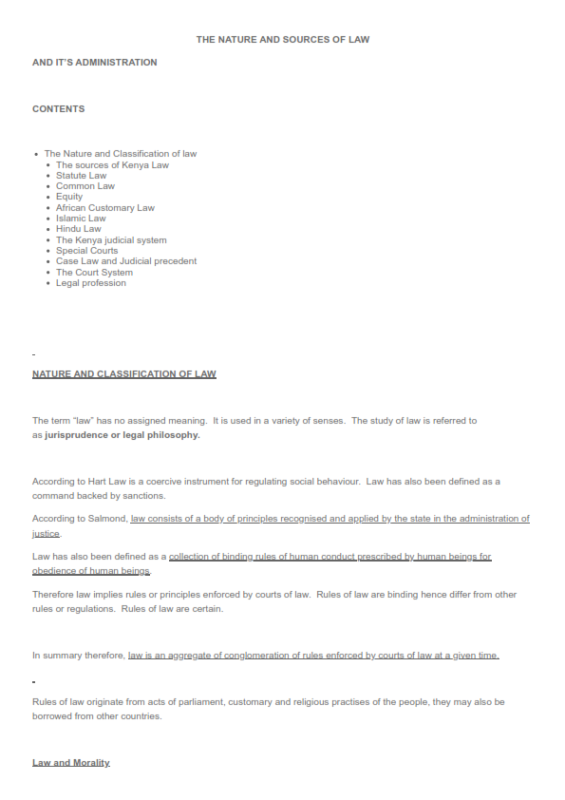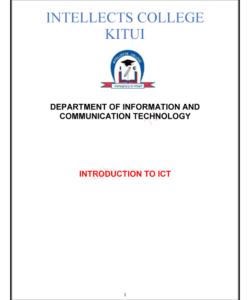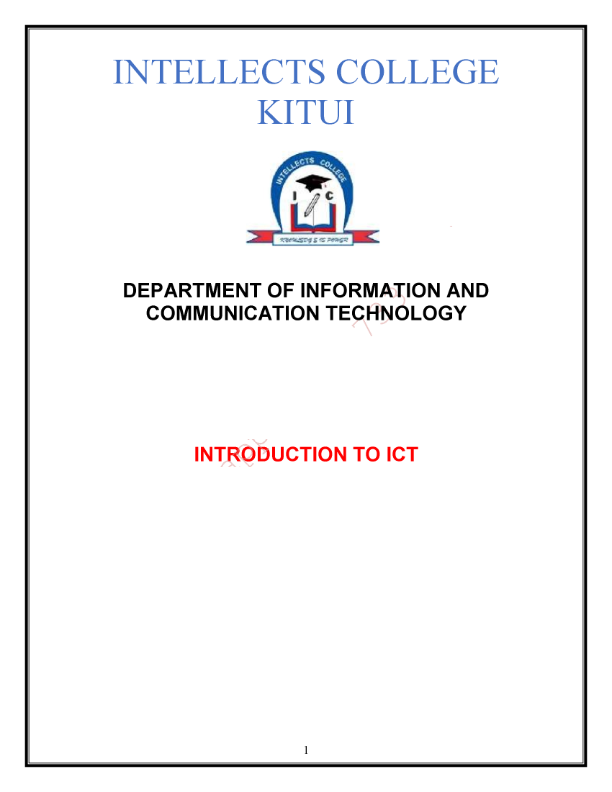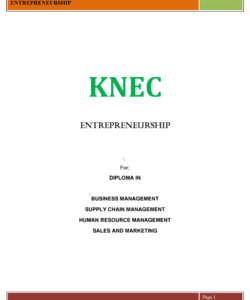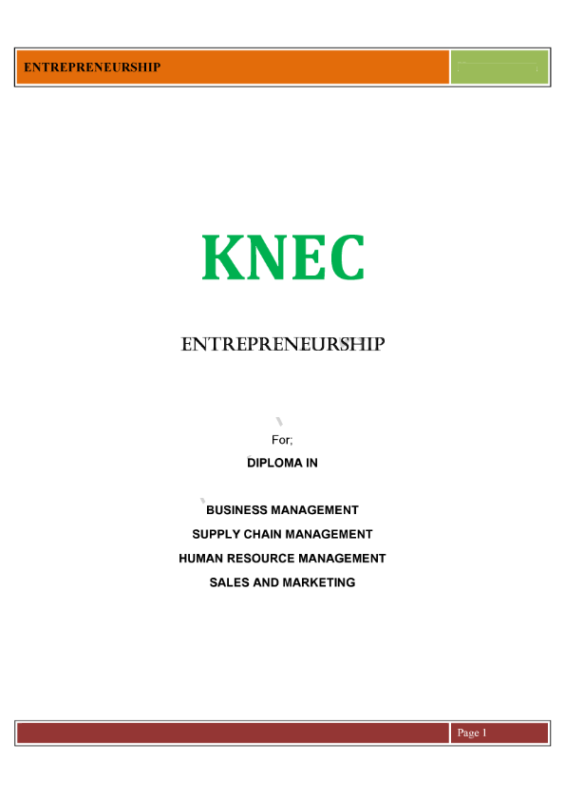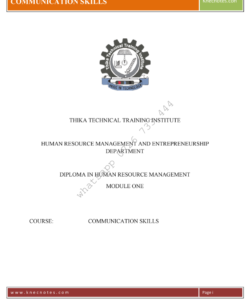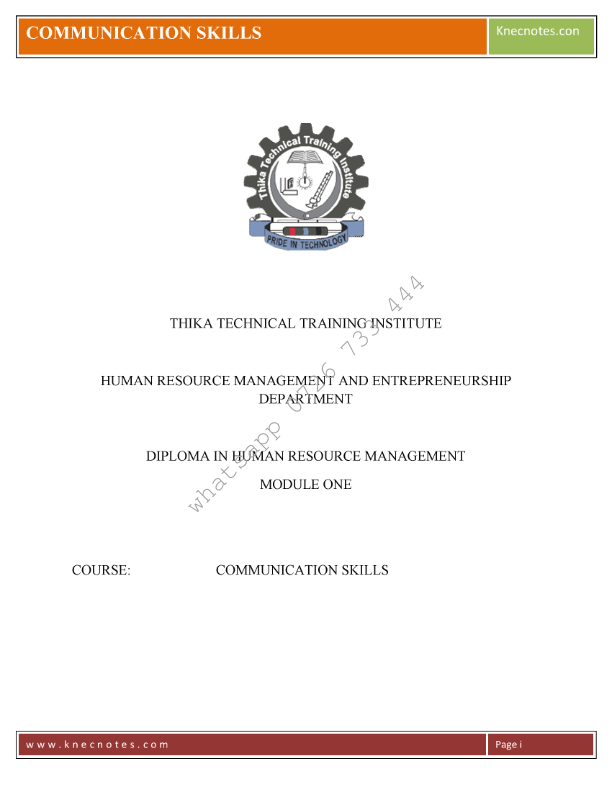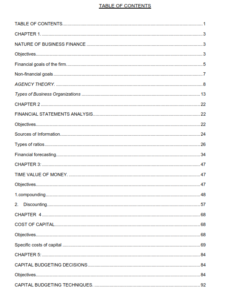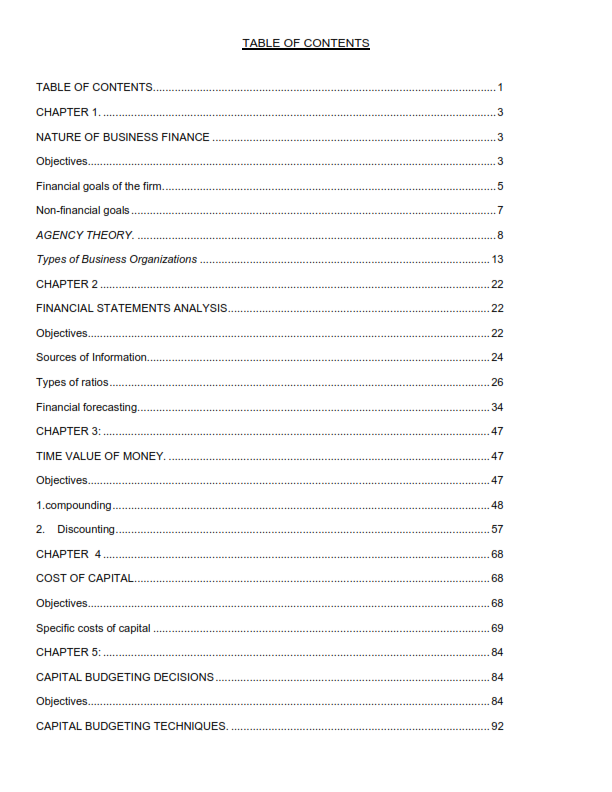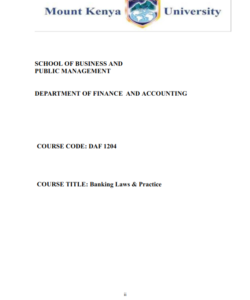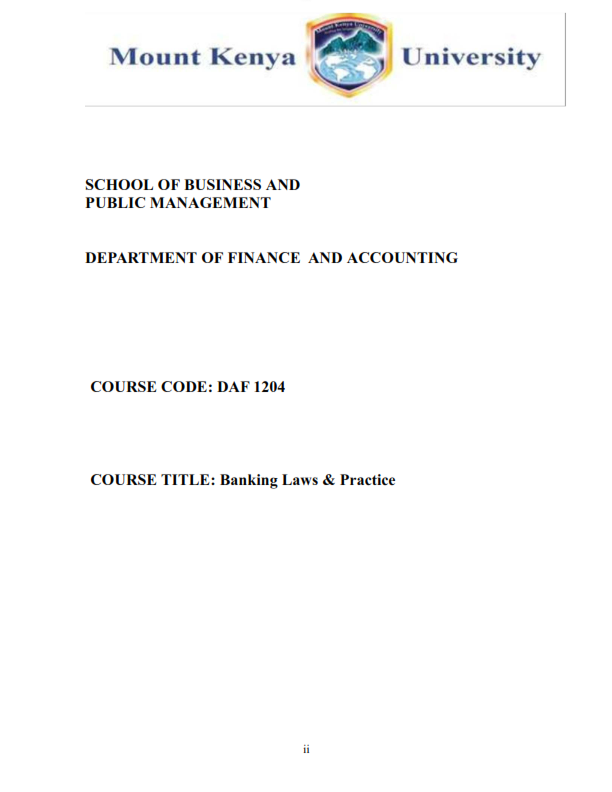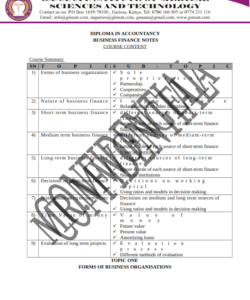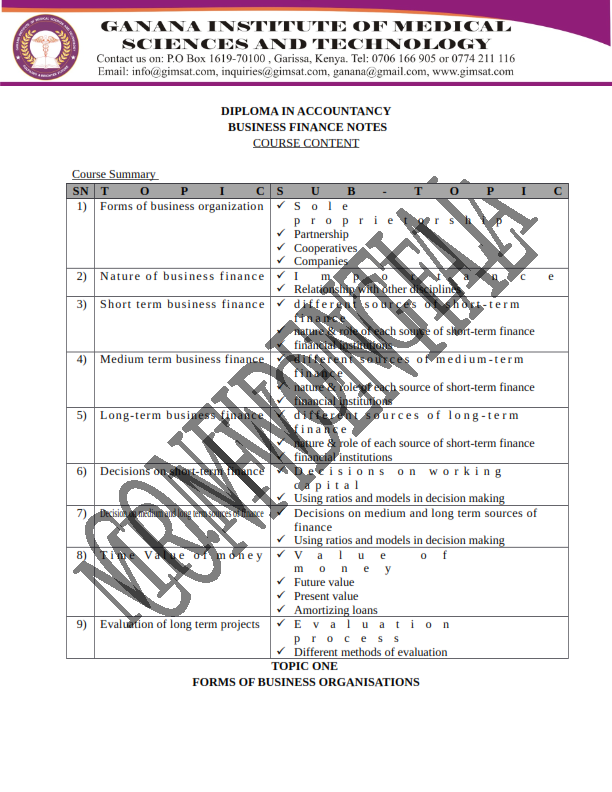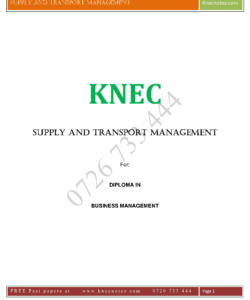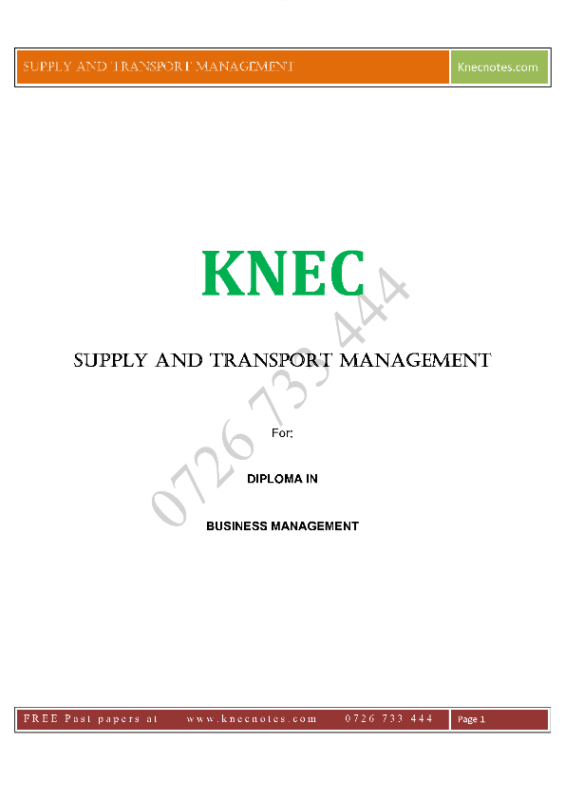KNEC FINANCIAL ACCOUNTING NOTES – MODULE I
KSh250.00
KNEC FINANCIAL ACCOUNTING NOTES – MODULE I
Course outline
Introduction to accounting:
Definition of terms used in accounting
Users of accounting information
Information needs
Qualities of good accounting information
Nature of accounting equation
Effects of business transactions
The ledger and the trial balance
Definition of a ledger and an account
Importance of a ledger
Relationship between a ledger and an account
Classifications of ledgers
Nature of double- entry system
Definition of a trial balance
Importance of a trial balance
Balancing off of accounts
Definition of a trial balance
Importance of a trial balance
Types of errors and their correction
Types of errors that do not affect the agreement of a trial balance
Types of errors that do not affect the agreement of a trial balance
Types of errors that affect the agreement of a trial balance
Functions of suspense account
Corrections of errors using a
Source documents
Meaning of source documents
Types of source documents
Uses of source documents
Relationship between source documents and books of account
Books of original entry
Definition of books of original entry
Classifications of books of original entries
Preparation of books of original entry
Posting transactions from the books of original entry to the ledger
The cashbook
Definition of cashbook
Types of cashbook
Types of discounts
Recording transactions in a cashbook
Petty cashbook
Definition of petty cashbook
Imprest system
Purpose of petty cash
Preparation of petty cashbook
Bank reconciliation statements
Definition of bank reconciliation statements
Purpose of preparing bank reconciliation statements
Causes of the differences between bank statements and the cashbook balance
Steps/procedure in preparing bank reconciliation statement
Control accounts
Definition of control accounts
Uses of control accounts
Preparation of control account
Accounting concepts, conventions and bases
Definition of accounting concepts, conventions and bases
Types of accounting concepts, conventions and bases
Capital and revenue expenditure
Definition of capital and revenue expenditure
Double entry system for revenue and capital expenditure
Classification of expenditure
Adjustments to final accounts
Meaning of final accounts
Purpose of final accounts adjustment
Procedure of making adjustments in final accounts
Accounting for fixed assets
Definition of depreciation
Causes of depreciation
Reasons for providing for depreciation
Methods for providing for depreciation
Double entry for depreciation.
Accounting for disposal of fixed assets
The fixed asset movement schedule
Final Accounts for sole-proprietorship
Definition of final accounts
Types of final accounts
Preparation of final accounts
Non-Profit Making Organizations
Definition of Non-profit making Organization
Differences between Receipts and payment accounts
Relationship between Income and Expenditure accounts
Preparation of final accounts of Non-profit making Organizations
Emerging Trends and Issues in Financial Accounting
Emerging trends and issues in financial accounting
Challenges posed by emerging trends and issues in financial accounting
Coping with the challenges posed by emerging trends and issues in financial accounting to managing emerging financial issues
FILE FILE PAGES: 158
FILE FORMAT:PDF

